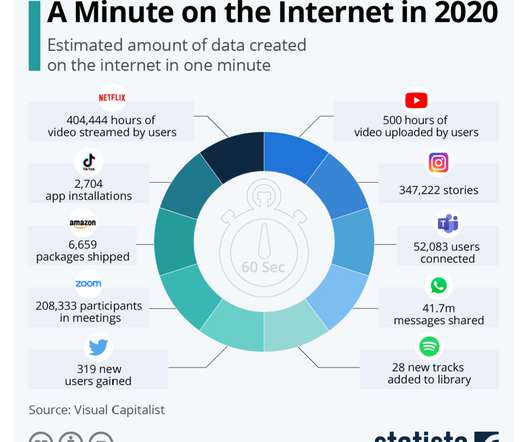Success of AI in academic libraries depends on underlying data
CILIP
JUNE 26, 2019
Success of AI in academic libraries depends on good underlying data. nder, scientific information specialist: Success of AI in academic libraries depends on good underlying data. Why do we hear so little in this respect from libraries on this side of the Atlantic? Q&A with Stephan Holl?nder,













Let's personalize your content